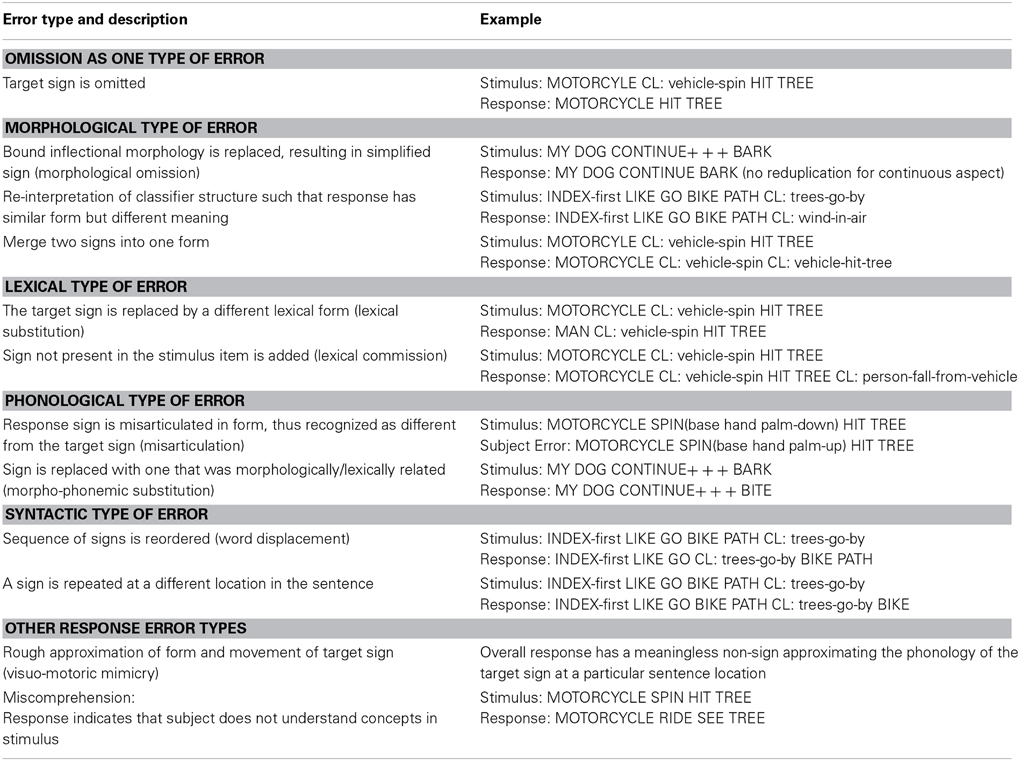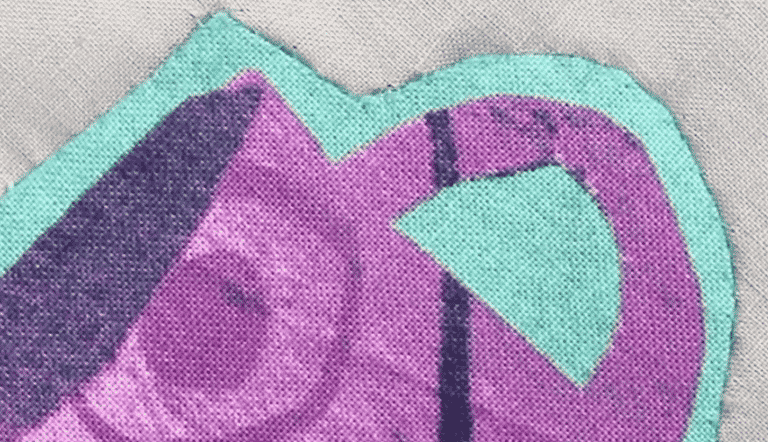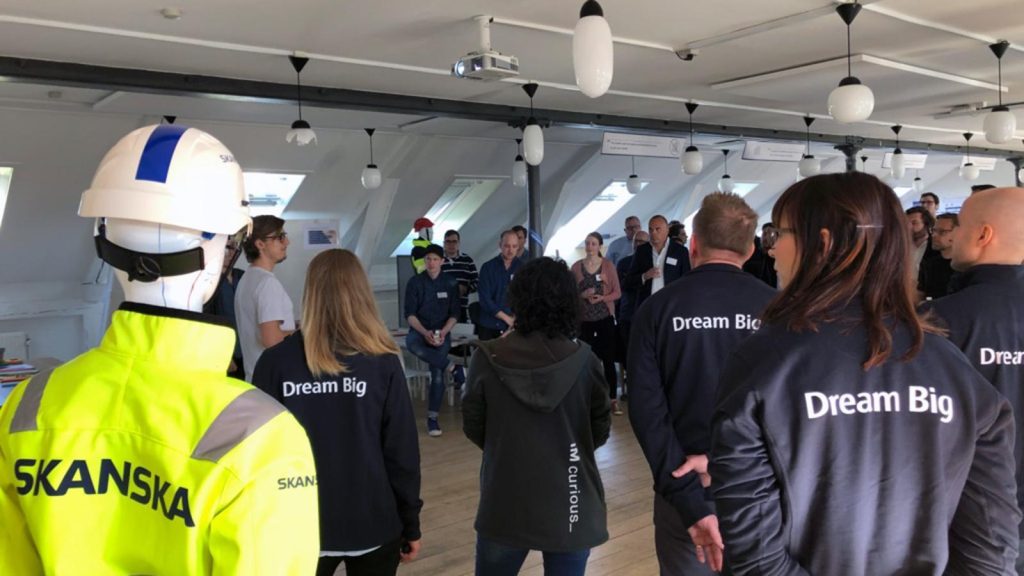"Therefore" is a conjunctive adverb that you can use as a transition word in sentences and paragraphs. It shows cause and effect between independent clauses, so it cannot be used to start a paragraph or included as part of a standalone sentence. If you would like to use "therefore" in your writing, there are several things to remember to ensure that you are using it correctly. There are also some common misuses of "therefore" that you will want to avoid.
Remember, a coordinating conjunction is a word like "and," "but," or "or" that joins two independent clauses or complete sentences to make one sentence. "Thus" means "consequently" in these types of sentences. Hence and thus are two conjunctive adverbs, and they are mostly used in written language to make smoother, the transition between ideas and sentences. Though these words are used interchangeably in most cases, there is a slight difference between hence and thus.
The main difference between hence and thus is that hence is generally used to refer to the future while thus is often used to refer to the past. A common problem writers face is the incorrect usage of conjunctive adverbs. Many times it is because they confuse them with coordinating conjunctions.
To use "therefore" in a sentence, place it in a cause and effect statement to show the relationship between 2 ideas. For example, write "John studied hard for the exam. Therefore, he got an A+" to show that John got an A+ because he studied hard. Hence is a conjunctive adverb that facilitates a flawless transition between sentences. Hence is often used to refer to something in the future or conditional tenses.
Hence often means as a consequence or for this reason. Since hence is a conjunctive adjective, it cannot join two independent clauses together. It can only help smooth transition between sentences. Therefore, it can be used preceded by a semicolon or period as shown in the following first two examples.
All of these examples create comma splices because there are complete sentences to the left and the right of the conjunctive adverbs however, therefore, and moreover. The commas after "growth," "hunger," and "poet" create the comma splices. Here is the correct way to punctuate these sentences.
Use a semicolon, not a comma, to join two independent clauses separated by a conjunctive adverb . The conjunctive adverbs include accordingly, consequently, hence, however, moreover, otherwise, therefore, and thus. This article defines 'conjunctive adverbs,' which connect clauses and show relationships. Learn where to use commas and where to place these adverbs in sentences to get the effect you want.
If the word is restrictive, commas should not be used; if the word is nonrestrictive, commas are required. Most of the time, problems occur when the writer uses a conjunctive adverb in the middle of a sentence when a coordinating conjunction is actually needed. But remember that conjunctive adverbs can be used in any part of a sentence.
"Hence" and "therefore" can be used as conjunctive adverbs in linking causative arguments. Use a semicolon to replace a comma when you use a coordinating conjunction to link independent clauses that already contain commas. In these sentences, the conjunctive adverb may look like a coordinate conjunction , but it is not as strong as a coordinate conjunction.
Therefore, the semicolon is used to link the two main clauses, and the comma is used to set off the conjunctive adverb (really an one-word adverb cluster) from its main clause. Each of these words is known as conjunctive adverbs. They provide a smooth transition between sentences or clauses within a sentence. Always use a period or semicolon before the conjunctive adverb when separating two independent clauses.
Conjunctive adverbs are not strong enough to join independent clauses without supporting punctuation. This page only provides a list of transitional words; be certain you understand their meanings before you use them. Often, there exists a slight, but significant, difference between two apparently similar words. Also remember that while transitions describe relationships between ideas, they do not automatically create relationships between ideas for your reader. Use transitions with enough context in a sentence or paragraph to make the relationships clear. We typically think of adverbs as modifiers, but conjunctive adverbs are a special breed.
Thus, a conjunctive adverb is an adverb that connects two clauses. Conjunctive adverbs show cause and effect, sequence, contrast, comparison, or another type of relationship. There are many conjunctive adverbs – in fact, there are many more of these than there are common conjunctions. Here is a comprehensive list of conjunctive adverbs.
The following exercises will help you gain greater understanding about how conjunctive adverbs work. Choose the best answer to complete each sentence. Place a semicolon (;) before "therefore" when separating independent clauses. If you are using "therefore" in the middle of a sentence to separate 2 independent clauses, then you will need to use a semicolon. Thus is a conjunctive adverb that is used to demonstrate a logical connection between the sentences.
How Do You Use Hence In A Sentence In this sense, it is synonymous to consequently or therefore. Thus is generally used to indicate the past or to indicate a conclusion to a past event. Thus cannot combine two main clauses in a sentence as it is a conjunctive adverb.
Therefore, thus should be written in the following ways. Use a comma behind conjunctive adverbs when they appear at the beginning of a sentence's second clause. The only exception to this rule is that no comma is necessary if the adverb is a single syllable. Use a semicolon to join two related independent clauses in place of a comma and a coordinating conjunction . Make sure when you use the semicolon that the connection between the two independent clauses is clear without the coordinating conjunction. Use a semicolon to join two related independent clauses in place of a comma and a coordinating conjunction.
There are many discourse markers that express different relationships between ideas. The most common types of relationship between ideas, and the sentence connectors that are most often used to express these relationships, are given in the table below. The discourse markers in the table are generally used at the start of a phrase or clause. Sentence connectors do not always begin a completely new sentence; they may be separated from the previous idea with a semi-colon.
Including the word "therefore" in your writing is a great way to improve the flow of your writing. A sentence or paragraph may sound choppy without transitions, but adding a transition word like "therefore" can help to eliminate that choppiness. Try reading your work out loud to find places where you might need a transition, and then check to see if "therefore" could work in that instance. If a conjunctive adverb appears in the middle of a clause, it should be enclosed in commas most of the time. This is not an absolute rule and does not normally apply to short clauses.
Using conjunctions Conjunctions can connect words, phrases and clauses. The three main types of conjunction are coordinating, subordinating and correlative. Make sure you understand the proper usage of transition words and phrases, and remember that words with similar meanings don't necessarily work the same way grammatically. Use a semicolon between related sentences when the second sentence starts with either a conjunctive adverb or a transitional expression.
Since you are reading this article in English, the odds are you already know what the conjunction "so" means. You probably also know that "thus", "therefore", and "hence" mean basically the same as "so" but are not completely equivalent, and you are wondering what the difference is. If this is the case, this article is just for you. Discourse markers (words like 'however', 'although' and 'Nevertheless') are referred to more commonly as 'linking words' and 'linking phrases', or 'sentence connectors'. They may be described as the 'glue' that binds together a piece of writing, making the different parts of the text 'stick together'.
They are used less frequently in speech, unless the speech is very formal. An independent clause can stand alone as a sentence, or you can separate independent clauses using a semicolon. Don't use "therefore" in place of a coordinating conjunction in most cases. Coordinating conjunctions include the words for, and, nor, but, or, yet, and so.
In the first sentence, the word therefore is used in a formal sense. In the second sentence also you will see that the word therefore is used in a formal sense. The word therefore means 'for that reason' and hence the first sentence would mean 'he was for that reason unable to avoid a quarrel'. It is also used in the sense of 'accordingly' and 'consequently'. Moreover, the word therefore is used only as an adverb and that too independently. The reason behind this confusion between therefore and thus is that they are often thought of as words that convey the same meaning.
If we take a look at the two words, we can see that both thus and therefore are used as adverbs in the English language. Moreover, the word thus has its origins in the Old English. Though they seem to share the same meaning thus and therefore are used differently in English.
Having said that, I prefer this sentence to the next because at least "studied" and "made" are in the same tense. The conjunctive adverbs in the following examples are in bold for easy identification. Transition sentences | Tips & examples for clear writing Transition sentences are used to start a new paragraph or section in an essay. They help the reader understand connections between ideas.
Before moving on to the particular words, it should be noted that "thus", "therefore", and "hence" are all rather formal and much more common in writing than in everyday conversation. And note particularly that the word however must be separated by a semicolon from a preceding complete sentence; this is a very common mistake. In the above given sentence, you can observe how the word thus is used in a very formal sense. The word thus is used in the sense of 'in this way' and hence the sentence given above would mean 'everything in this way ended happily'.
It is interesting to note that the word thus is also used in the sense of 'as indicated' and sometimes in the sense of 'accordingly' as well. Expressions such as 'thus far' and 'thus much' are also used in different senses. Because "hence" is not a conjunction, it can be immediately preceded by "and".
Generally, two conjunctions do not appear successively in a sentence. The word "hence" can be used to replace a phrase, such as "which is why" or "which leads to", in sentences for succinctness or more effective communication. One of the main differences between the usages of the words thus and therefore is that the word thus is used in a very formal or literary sense.
On the other hand, the word therefore is used in a formal sense. ' It is also used in the sense of 'accordingly' and 'consequently'. Interesting point Irvin, about the word "Thereby". Nowadays, it seems that it has become increasingly replaced with the word "Therefore". They are oftentimes used interchangeably, however, there does appear to be a difference between their definitions. You probably also know that "thus", "therefore", and "hence" mean basically the same as "so", and you are wondering what the difference is.
Use a comma if a conjunction such as and, but, or, or so appears between the conjunctive adverb and the first clause. Remember that transition words with similar meanings are not necessarily interchangeable. It's important to understand the meaning of all the transition words you use.
If unsure, consult a dictionary to find the precise definition. For clear writing, it's essential to understand the meaning of transition words and use them correctly. Transition words and phrases, also called linking or connecting words, are used to link together different ideas in your text. They help the reader to follow your arguments by expressing the relationships between different sentences or parts of a sentence. In the above-mentioned sentence, the phrase because of has been used to present the reason for the action happened.
The reason why the traffic jam took place is that there was a terrible accident. Hence, usage of because of is correct in this sentence. In the above-mentioned sentence, the phrase due to has been used to present the reason for the noun traffic jam. The reason for traffic jam, grammatically a noun entity, is a terrible accident. Hence, usage of due to correct in this sentence. Receive the full list of more than 1,000 psychometric words and unlock all learning games, such as grammar, pronunciation, reading comprehension, spelling and custom word lists.


























